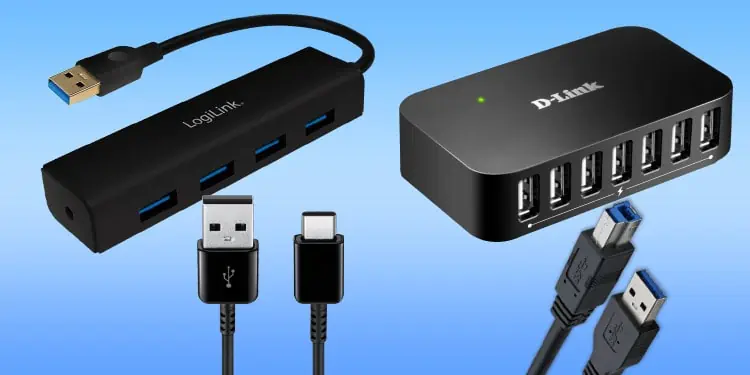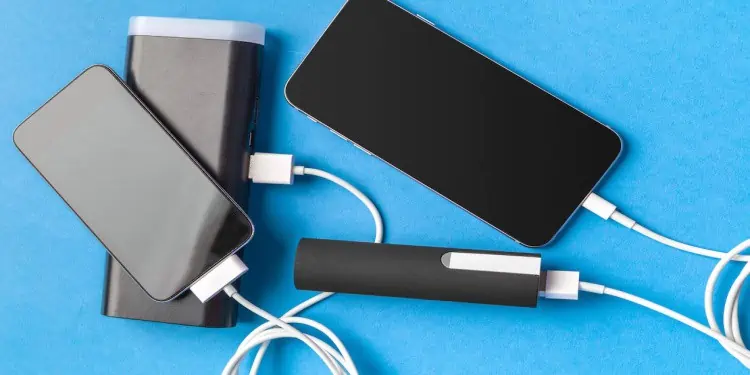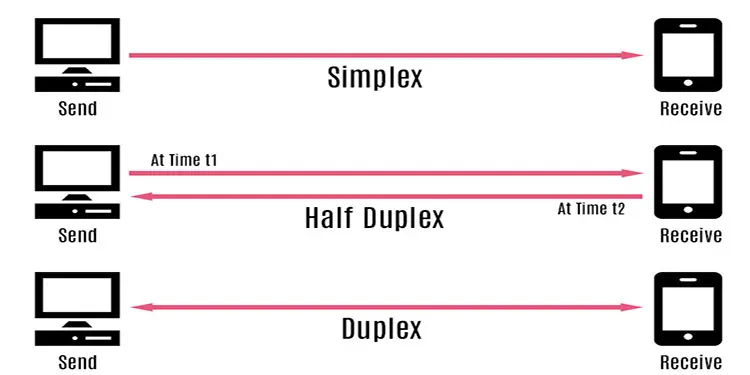Starting from USB 1.0 with a minimal transfer speed, it has now released to USB 4.0 with an incomprehensible transfer rate.
In our present day, however, we are most familiar with USB 2.0 and USB 3.0 as they are the ones available for our PC right now. The major difference between USB 2.0 and USB 3.0 is the speed at which they transfer data.
In this article, we are going to talk about these two most used versions of USB and discuss their difference in detail.
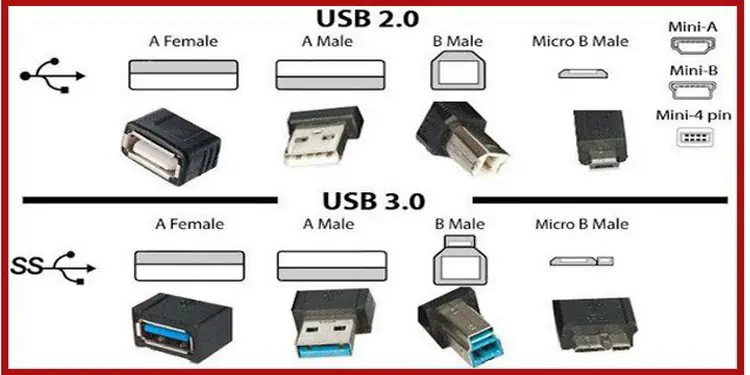
USB 2.0 is the second generation of a Universal Serial Bus standard released in 2000 with the nameHi-Speed. Upgraded from the USB 1, the 2.0 version of the USB helped in providing a universal connection between peripherals and hosts with its speed of 480 Mbps.
Almost every computer has a USB 2.0 port, peripherals such as keyboard and mouse, and flash drivesutilize the USB 2.0. It is the only version in the USB 2 series and did not receive any upgrades.
USB 3.0 is the third generation USB version released in 2008 as aSuperSpeedUSB. It immediately superseded USB 2.0 due to its blazing speed of 5 Gbps.
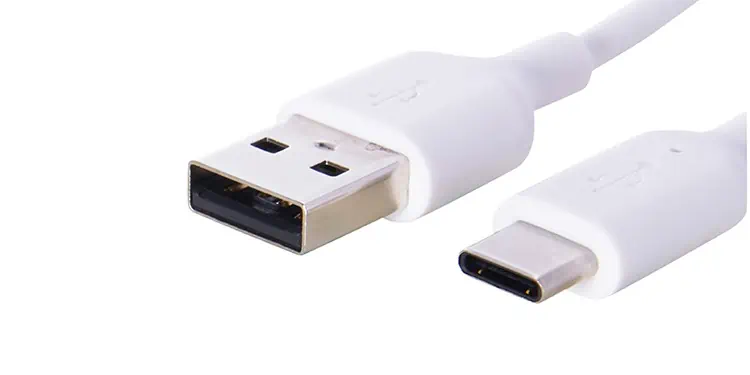
USB 3.0 received several upgrades that have quite a confusing name. It was upgraded to USB 3.1, increasing the speed to 10 Gbps. With the release of USB 3.1, USB changed the name of 3.0 to USB 3.1 gen 1.
USB 3.1 received yet another upgrade with double the speed. USB-IF (Implementers Forum) named the new upgrade USB 3.2 Gen 2 x 2 while changing theUSB 3.0 to USB 3.2 Gen 1and USB 3.1 to USB 3.2 Gen 2.
For now, let’s just say it is USB 3.0 and see its difference from its predecessor, USB 2.0.
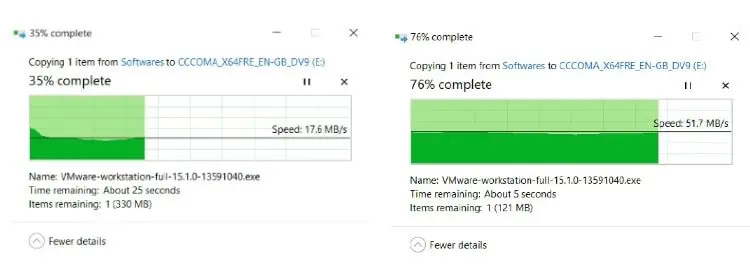
Differences in USB 2.0 and 3.0
Even though the USBs are nowadays common in almost every electronic, they have several variations of their own.
The USB 2.0 and 3.0 can vary in shape, appearance, version, speed, bandwidth, and so on. Let’s look at them in detail.
The USBs are divided into USB Type A, Type B, and Type C and subdivided into Micro A, Micro B, Mini B, and so on as per their shape. A host such as yourcomputer mainly uses the Type A USBwhile Type B is saved for peripherals such as cameras and phones.
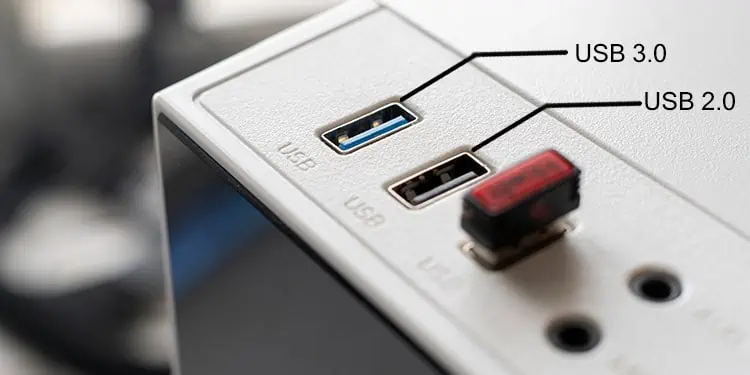
But now, Type C has revolutionized by using the same type of connector for both host and peripherals.
Both USB 2.0 and USB 3.0 have Type A and Type B USBs. However, the Type C USB only featuresUSB 3.0 and higher. Along with this, USB Type B varies in shape and size for these two versions.
